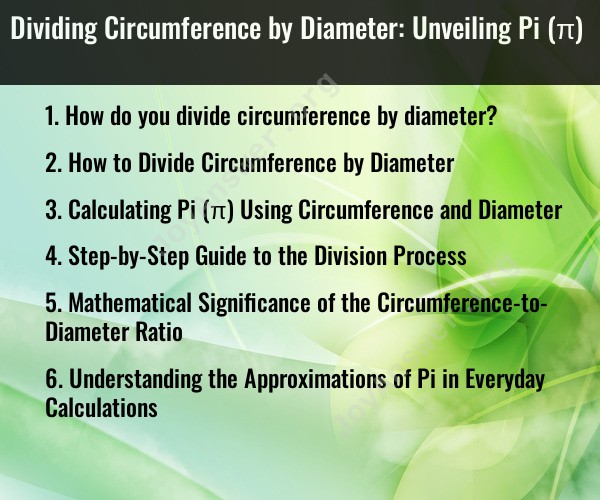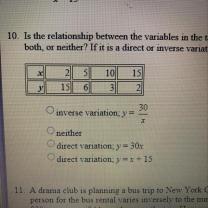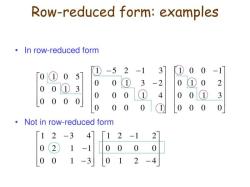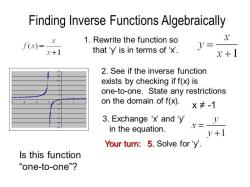How do you divide circumference by diameter?
To calculate the value of π (pi) by dividing the circumference of a circle by its diameter, you can use the following formula:
π (pi) = Circumference / Diameter
Here's how you can do it:
Measure the circumference of the circle: Use a measuring tape or a flexible ruler to measure the distance around the outer edge of the circle. Make sure the measurement is in the same unit as the diameter.
Measure the diameter of the circle: Measure the distance across the circle, passing through the center. The diameter should be measured in the same unit as the circumference.
Divide the circumference by the diameter: Take the value you obtained for the circumference and divide it by the value you obtained for the diameter. The result of this division is the approximate value of π (pi).
Mathematically, π is an irrational number, which means it cannot be expressed exactly as a fraction or a finite decimal. It has an infinite, non-repeating decimal representation, typically written as 3.14159265... or as the Greek letter π.
In practice, you may use an approximation like 3.14 or 22/7 for most everyday calculations involving π, but for more precise or scientific purposes, you would use a more accurate value, often calculated to many decimal places.
How to Divide Circumference by Diameter
To divide circumference by diameter, you can use the following formula:
Pi (π) = Circumference / Diameter
Therefore, to divide circumference by diameter, simply divide the circumference by the diameter.
2. Calculating Pi (π) Using Circumference and Diameter
If you know the circumference and diameter of a circle, you can calculate pi (π) using the following formula:
Pi (π) = Circumference / Diameter
For example, if the circumference of a circle is 10 cm and the diameter is 5 cm, then pi (π) can be calculated as follows:
Pi (π) = 10 cm / 5 cm = 2
Step-by-Step Guide to the Division Process
To divide circumference by diameter using a calculator, follow these steps:
- Enter the circumference of the circle into the calculator.
- Press the division button (÷).
- Enter the diameter of the circle into the calculator.
- Press the equals button (=).
The calculator will display the value of pi (π).
Mathematical Significance of the Circumference-to-Diameter Ratio
The circumference-to-diameter ratio is a mathematical constant known as pi (π). Pi is an irrational number, which means that it cannot be expressed as a fraction of two integers. Pi is also a transcendental number, which means that it is not the root of any polynomial with rational coefficients.
Pi is a very important number in mathematics and science. It is used to calculate the area and circumference of circles, as well as the volume of spheres and cylinders. Pi is also used in many other mathematical and scientific formulas.
Understanding the Approximations of Pi in Everyday Calculations
For most everyday calculations, it is not necessary to use an exact value of pi. Instead, you can use an approximation of pi. The most common approximation of pi is 3.14.
Here are some other approximations of pi that you can use in everyday calculations:
- 22/7 (accurate to two decimal places)
- 355/113 (accurate to six decimal places)
- 1.57079632679489665359 (accurate to 15 decimal places)
The more decimal places you use, the more accurate your calculation will be. However, for most everyday calculations, an approximation of pi to two decimal places will be sufficient.













